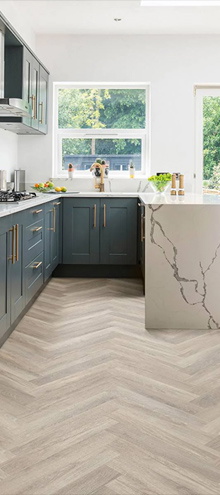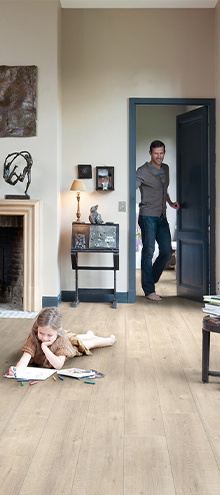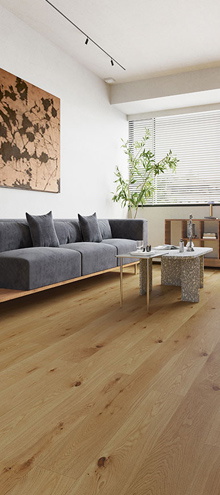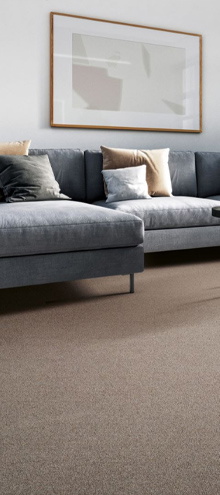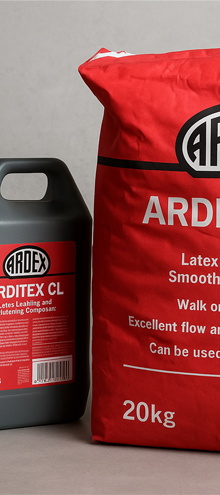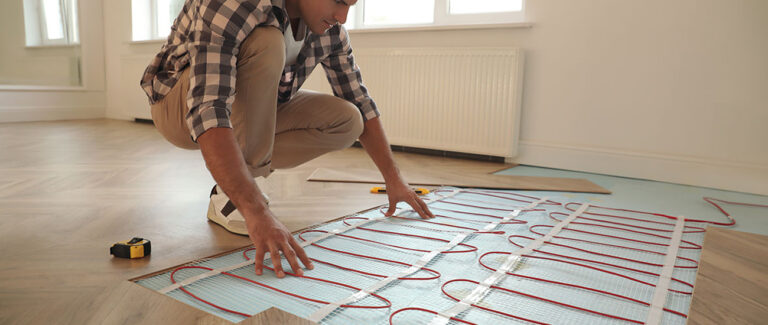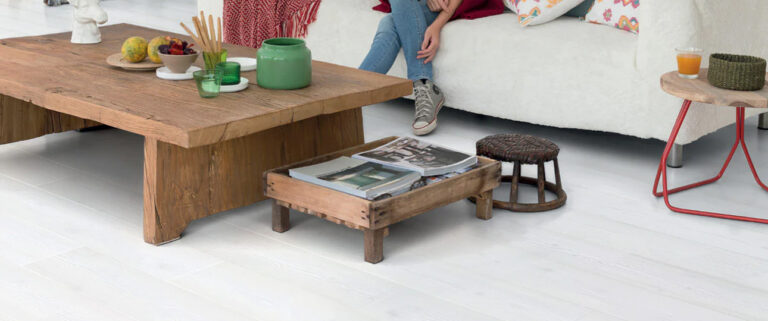How to Care for Your Engineered Wood Flooring
Engineered wood flooring is a fantastic choice for any home, combining the beauty of natural wood with added durability. However, to keep it looking its best, proper care is essential. Here’s a comprehensive guide on how to care for your engineered wood flooring.
Sweeping
Regular sweeping is essential to maintain the appearance and longevity of your engineered wood floors. Dirt and debris can act like sandpaper, causing scratches on the surface. Aim to sweep at least three times a week. Use a soft-bristled broom or a vacuum cleaner with a hardwood floor attachment to avoid damaging the surface.
Mopping
Mopping your engineered wood flooring helps to remove any remaining dirt and keeps the floor clean. However, it’s crucial to use the right technique. A damp mop is your best friend here—never soak your mop, as too much water can seep into the layers and cause damage. Use a few drops of a specialised engineered wood floor cleaner in water. Microfibre mops are ideal because they are gentle on the surface, but a regular mop will also suffice as long as it’s well wrung out. For stubborn stains, mix white vinegar with hot water, but always check with your flooring manufacturer before using any new cleaning solution.
Polish & Oil
Polishing and oiling can add an extra layer of protection and enhance the natural beauty of your engineered wood flooring. For oiled engineered wood flooring, regular re-oiling is recommended to maintain the finish and protect the surface. Follow the manufacturer’s guidelines on how often to re-oil. Polishing can also help to keep your floors shiny and new. Use products specifically designed for engineered wood floors to avoid any damage.
How Often Should You Clean Engineered Wood Flooring?
The frequency of cleaning depends on the level of foot traffic your floors endure. As a general rule, sweep at least three times a week and mop once a week. In high-traffic areas, you might need to increase this frequency to keep your floors looking their best. Regular maintenance not only keeps your floors clean but also extends their lifespan.
What to Avoid Using on Engineered Wood Floors
While engineered wood flooring is durable, certain products and cleaning methods can cause damage:
- Ammonia and harsh chemicals: These can strip the finish and damage the wood.
- Steam cleaners: The high heat and moisture can cause the layers of engineered flooring to separate.
- Scouring pads and steel wool: These abrasive materials can scratch the surface.
- Rubber-backed mats: These can trap moisture underneath, leading to damage over time.
Maintaining Engineered Wood Flooring
Protecting your engineered wood flooring from moisture, dents, and scratches is key to maintaining its beauty and durability. Here are some tips:
- Use doormats at every entrance: Opt for mats without rubber backs to avoid moisture trapping. This is especially important during autumn and winter when shoes can bring in rain or snow.
- Avoid high-heeled shoes: These can dent and scratch the floor. Encourage family and guests to remove their shoes at the door.
- Use furniture pads: Place pads under the legs of tables, chairs, and other furniture to prevent scratches.
- Clean up spills immediately: This is especially important for chemical spills, as they can cause irreversible damage if left too long.
By following these steps, you can ensure that your engineered wood floors remain beautiful and durable for years to come. For more detailed information, check out our guides on how to oil engineered wood flooring, how to remove stains from engineered wood flooring, and oil vs. lacquered engineered wood flooring.
Repairing Engineered Wood Flooring
Engineered wood flooring is durable, but like all surfaces, it can encounter some wear and tear over time. If you’ve accidentally used harsh cleaning materials or noticed moisture damage, scratches, or dents, there’s no need to panic. Here’s how you can address these common issues:
- Moisture Damage: If your engineered wood flooring has been exposed to excess moisture, it’s important to act quickly. Start by thoroughly drying the area using fans or dehumidifiers. If the damage is extensive, such as warping or swelling, it might be necessary to replace the affected planks. Prevention is key, so be mindful of spills and avoid wet mopping.
- Scratches and Dents: Minor scratches can often be buffed out using a soft cloth and a gentle polishing product specifically designed for wood floors. For deeper scratches or dents, a wood filler that matches the floor’s colour can be used to fill in the imperfections. After applying the filler, sand it lightly and apply a coat of finish to blend the repair seamlessly with the rest of the floor.
- Harsh Cleaning Materials: If you’ve used a cleaner that has stripped away the finish or discoloured the wood, you may need to refinish the affected area. Lightly sand the damaged spot and reapply a compatible finish. For significant damage, it might be best to consult a professional who can restore the flooring without further harm.
By taking the right steps, you can maintain the beauty and longevity of your engineered wood flooring, even after encountering these common issues.
For a wide selection of high-quality engineered wood flooring options, visit Flooring King. Our expert team is always here to help you choose the best flooring for your home.

